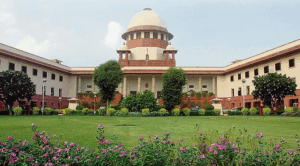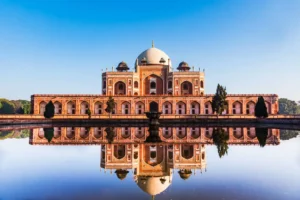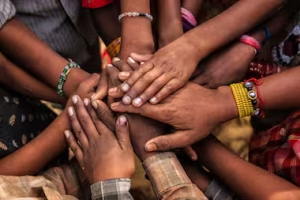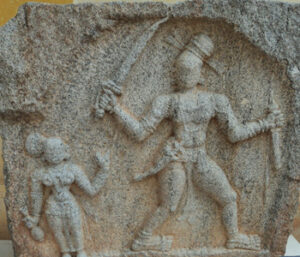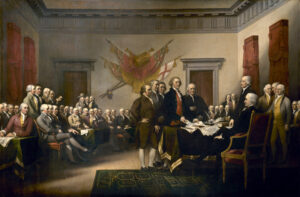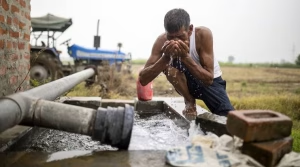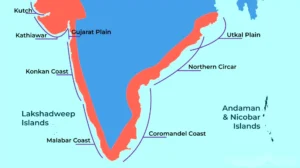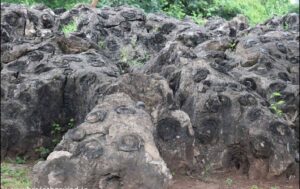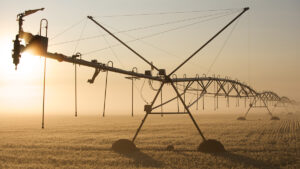Skip to content
Neolithic Site in Assam’s Dima Hasao
Sexual Harassment in Presumed Safe Spaces
Preserving Linguistic Secularism
India’s Heritage Must Reflect Its Civilizational Identity
Maratha Military Landscapes Inscribed in UNESCO World Heritage List
Extended Producer Responsibility (EPR) for Non-Ferrous Metals
India Recognized as One of the World’s Most Equal Societies
Krishnagiri Stone Inscription
Narrowing the Calorie Gap
Expanded Coastline of India
Atlantic Meridional Overturning Circulation (AMOC)
100 Years of Dialogue between Sree Narayana Guru and Mahatma Gandhi
SC/ST (Prevention of Atrocities) Act

